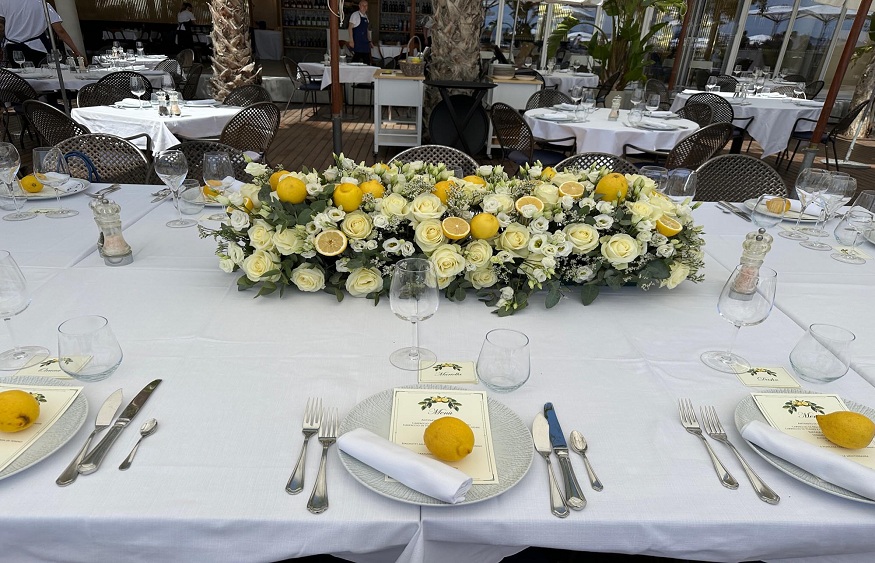Monaco, a haven of opulence and elegance, is not just about luxury; it’s also deeply rooted in tradition and culture. One aspect of this cultural tapestry that often goes unnoticed is the significance of flowers. From ancient traditions to contemporary celebrations, flowers have played an essential role in Monegasque society, symbolizing heritage, identity, and emotions.
Historically, Monaco’s use of flowers as cultural emblems can be traced back to the medieval era. The Grimaldi family, Monaco’s reigning monarchy for centuries, is closely associated with a variety of flowers that symbolize their heritage and rule. The white carnation, for example, is intrinsically linked to the Grimaldis and their legacy. Legend has it that during a successful battle, a carnation was pinned to a Grimaldi warrior’s armor, inspiring the family’s white carnation emblem that adorns the country’s flag today.
Flowers also play a crucial role in religious celebrations. Monaco’s patron saint, Saint Devota, is honored annually with a lavish procession. Locals adorn her statue with bouquets of flowers, reflecting their reverence and devotion. The significance of flowers extends to other religious events, including weddings and funerals, where the choice of flowers carries deep cultural and spiritual meanings.
In contemporary Monaco, the use of flowers as cultural emblems has evolved to include a range of events and celebrations. The annual Flower Festival, or “Fête du Printemps,” is a splendid display of floral artistry, where the streets come alive with vibrant flower parades and exhibitions. These floral displays serve as a testament to Monaco’s dedication to preserving its cultural heritage while embracing modernity.
Beyond the traditional, flowers continue to shape the principality’s culture through their presence in contemporary events. The Monaco Grand Prix, one of the world’s most prestigious Formula 1 races, witnesses an explosion of color as the streets are adorned with floral arrangements, showcasing Monaco’s seamless blend of sports, luxury, and tradition.
Furthermore, in modern weddings, flowers are not just ornamental; they are laden with symbolism. Monegasque couples often select flowers that resonate with their personal narratives and familial histories, creating an emotional connection that adds depth to the celebrations.
In conclusion, Monaco’s use of flowers as cultural emblems is a testament to the enduring power of tradition in a world characterized by rapid change. These blooms are not just decorative; they are a living testament to the principality’s heritage and identity, bridging the past with the present. Monaco’s love affair with flowers underscores that even in the most glamorous of settings, it’s the simple beauty of nature that often speaks most profoundly to the human soul.

